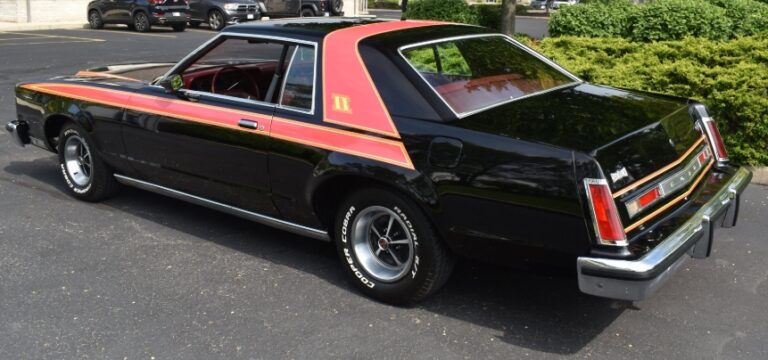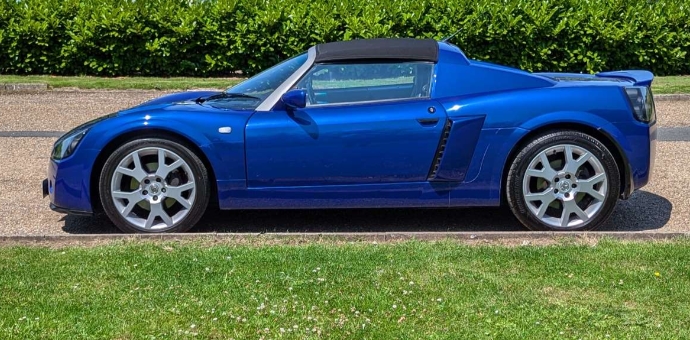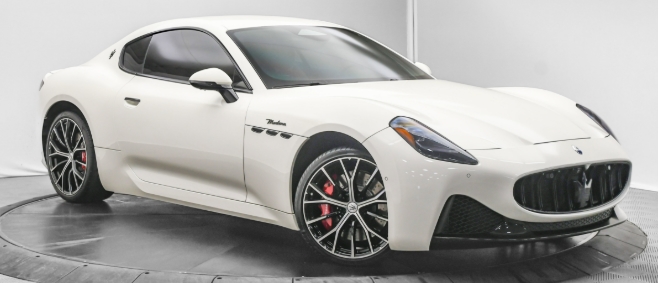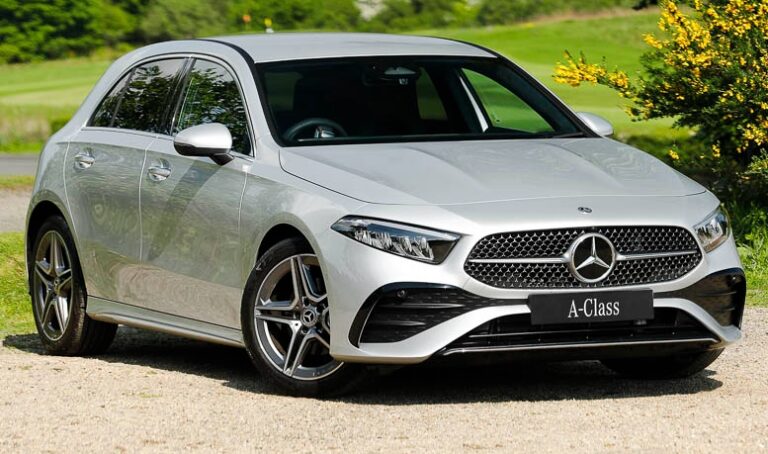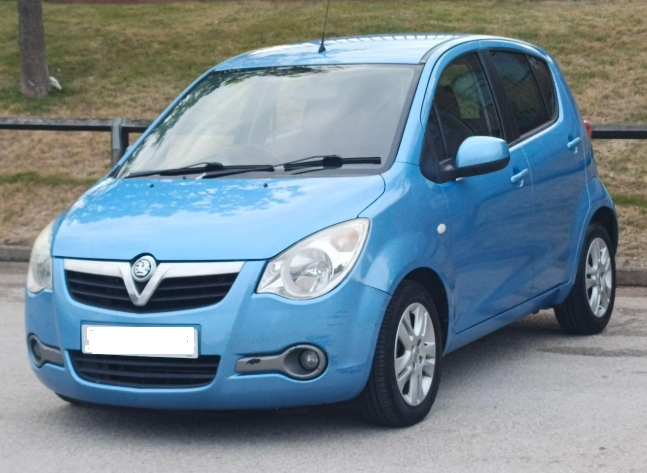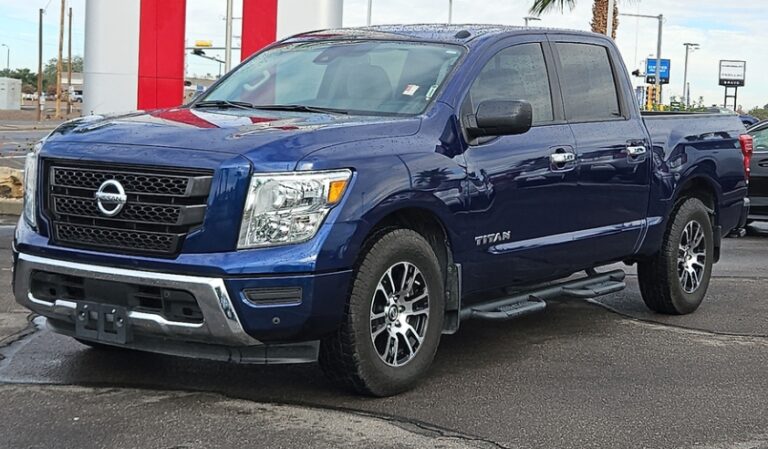The Evolution of the Nissan Serena
The Nissan Serena has established itself as a prominent player in the minivan segment, especially within the Japanese domestic market and various international markets. Over the decades, the Serena has evolved significantly, reflecting advances in automotive technology, changing consumer preferences, and Nissan’s strategic innovations. This article traces the development of the Nissan Serena from its inception to the present day, detailing production years, models, and notable trim levels.
Origins and First Generation (1991–2000)
Introduction and Launch (1991):
The Nissan Serena was first introduced in 1991 as a compact minivan aimed at families seeking a versatile and practical vehicle. It was developed to compete with other Japanese minivans such as the Toyota Estima and Honda Odyssey.
First Generation (C23; 1991–2000):
- Design & Features: The initial Serena featured a boxy, functional design with a focus on interior space and practicality. It was offered primarily with a front-engine, front-wheel-drive layout, with some models available with all-wheel drive.
- Engine Options: The early engines ranged from 1.6L to 2.0L gasoline engines, with some markets receiving diesel variants.
- Models & Trim Levels:
- Standard models: Basic trims emphasizing affordability.
- Luxury trims: Included features like power windows, air conditioning, and upgraded interior materials.
- High-end trims: Some versions offered optional leather seats, alloy wheels, and premium audio systems.
During this period, the Serena was primarily aimed at the Japanese domestic market, though exports to some Asian countries occurred.
Second Generation (C24; 2000–2005)
Introduction of the Second Generation (2000):
The Serena was redesigned in 2000, with a focus on improving ride comfort, safety, and interior space. The C24 series marked a more modern look with rounded edges and improved aerodynamics.
Key Features & Innovations:
- Design: Slightly larger and more refined than the first generation, with improved interior ergonomics.
- Powertrain: Continued with 1.6L and 2.0L gasoline engines, with some models equipped with CVT (Continuously Variable Transmission) for smoother power delivery.
- Safety: Introduction of standard airbags and anti-lock braking systems (ABS) in higher trim levels.
Models & Trim Levels:
- Standard models: Focused on affordability, with basic features.
- High-grade trims: Included options such as power sliding doors, leather seats, and upgraded audio.
- Variants: Some markets offered a “Highway Star” trim emphasizing sporty styling and features.
This generation also saw the Serena expand into international markets, including Southeast Asia, with localized versions.
Third Generation (C25; 2005–2010)
Design & Development (2005):
The third-generation Serena was introduced in 2005, with a more modern and aerodynamic design, emphasizing comfort and safety.
Notable Features:
- Design: Rounded body lines, larger windows for better visibility, and a more spacious interior.
- Engine Options: Continued with 1.6L and 2.0L engines; some markets received a 2.0L diesel engine.
- Transmission: CVT became more prevalent, improving fuel efficiency.
Models & Trim Levels:
- Base trims: Focused on value, with manual or basic automatic transmissions.
- Mid-level trims: Offered power sliding doors, alloy wheels, and enhanced audio systems.
- High-end trims: Included features like leather seats, navigation systems, and additional safety features such as side airbags.
Special Editions & Variants:
- The “Highway Star” trim was refined, offering sportier styling cues such as sportier bumpers, alloy wheels, and unique interior accents.
This generation marked the Serena’s growth in popularity, particularly in Japan, as it became known for its reliability and practicality.
Fourth Generation (C26; 2010–2016)
Launch & Design (2010):
The fourth-generation Nissan Serena debuted in 2010, featuring a more modern, sleek design, and advanced technology aimed at enhancing passenger comfort and safety.
Design & Features:
- Exterior: Smoother contours, larger headlights, and a more aerodynamic profile.
- Interior: Increased interior space, better materials, and improved seating configurations, including fold-flat seats for versatility.
- Technology: Introduction of Nissan’s “Smart Choice” technology, including keyless entry, push-button start, and rearview cameras.
Powertrain & Performance:
- Engines included a 2.0L MR20DE gasoline engine paired with either a CVT or a traditional automatic.
- Some markets received a 2.0L hybrid variant, emphasizing fuel economy.
Models & Trim Levels:
- S: The base model, offering essential features.
- X: Mid-range trims adding features like power windows, cruise control, and upgraded audio.
- High-grade models (“Highway Star,” “Premium”): Offered sportier styling, leather seats, premium audio, and advanced safety features such as lane departure warning and blind-spot monitoring.
Special Editions:
- Nissan introduced special editions with cosmetic enhancements, such as unique paint schemes and interior accents, to appeal to diverse customer preferences.
This generation cemented the Serena’s reputation as a family-oriented vehicle with cutting-edge safety and convenience features.
Fifth Generation (C27; 2016–2022)
Introduction (2016):
The fifth-generation Nissan Serena was launched in 2016, showcasing a dramatic redesign emphasizing spaciousness, advanced safety, and hybrid technology.
Design & Innovation:
- Exterior: Bold, modern styling with a prominent grille, sharper headlights, and a more dynamic stance.
- Interior: Significantly improved cabin space with flexible seating arrangements, multiple USB ports, and advanced infotainment systems.
- Safety & Technology: Equipped with Nissan’s ProPILOT semi-autonomous driving assist system, around-view cameras, and comprehensive safety suites.
Powertrain Options:
- Hybrid Powertrain: The e-POWER system, a series hybrid, became a hallmark of this generation, offering improved fuel efficiency and driving experience.
- Gasoline Engines: 2.0L naturally aspirated engines remained available for markets where hybrids were not offered.
Models & Trim Levels:
- X: Base trim with essential safety and comfort features.
- Highway Star: Sportier exterior styling, larger alloy wheels, and premium interior features.
- High-grade models (“Premium Highway Star”): Included leather seats, advanced driver-assist features, and premium audio.
Special Variants & Limited Editions:
- Nissan released several special editions featuring unique cosmetic touches, interior upgrades, and technology packages to cater to niche markets.
This generation marked a significant technological leap, especially with the incorporation of Nissan’s autonomous driving features and hybrid systems, aligning with global trends toward electrification and safety.
Sixth Generation (C28; 2022–present)
Recent Launch & Features:
The latest iteration of the Nissan Serena was introduced in 2022, continuing the trend of technological innovation, environmental consciousness, and versatility.
Design & Engineering:
- Exterior: Modern, aerodynamic styling with refined lines and a more premium appearance.
- Interior: Enhanced comfort with larger, more flexible seating arrangements, improved materials, and greater integration of digital interfaces.
- Technology: Equipped with Nissan’s latest safety suite, including ProPILOT Assist 2.0, intelligent around-view monitors, and connectivity features.
Powertrain & Efficiency:
- The hybrid system remains central, with the latest e-POWER technology providing greater efficiency and responsiveness.
- Some models offer a new plug-in hybrid variant, further emphasizing Nissan’s push toward electrification.
Models & Trim Levels:
- Visia: Entry-level trims with essential features.
- Autech: Special editions with unique styling cues and upscale features.
- High-grade trims: Include features like leather upholstery, advanced safety packages, and premium infotainment systems.
Market & Global Presence:
While primarily focused on the Japanese market, the Serena’s recent models are also exported to select Asian markets, with adaptations for local preferences and regulations.
.
THIS might be a great place to get your new car from!
Or for those who are into the “car flipping” business, here’s an excellent resource for you!

.
Summary
Throughout its nearly three decades of production, the Nissan Serena has undergone significant transformations, reflecting shifts in automotive design, safety standards, and consumer expectations. From its humble beginnings as a practical family minivan in 1991, the Serena has evolved into a technologically advanced, safety-focused vehicle equipped with hybrid and semi-autonomous driving systems.
Key Highlights:
- Production Years: 1991–present, with six major generations.
- Model Variants: Ranged from basic trims emphasizing affordability to high-end models with luxury features.
- Technological Milestones: Introduction of CVT transmissions, hybrid e-POWER systems, and semi-autonomous driving features.
- Design Evolution: From boxy, utilitarian shapes to sleek, aerodynamic profiles.
- Market Focus: Primarily designed for Japan and Asia, with international variants.
The Nissan Serena’s evolution exemplifies how a practical vehicle can adapt and innovate over time to meet changing market demands, technological advancements, and safety requirements, maintaining its position as a beloved family minivan in various markets.


